Originally posted by GChilders
View Post
[IMG]
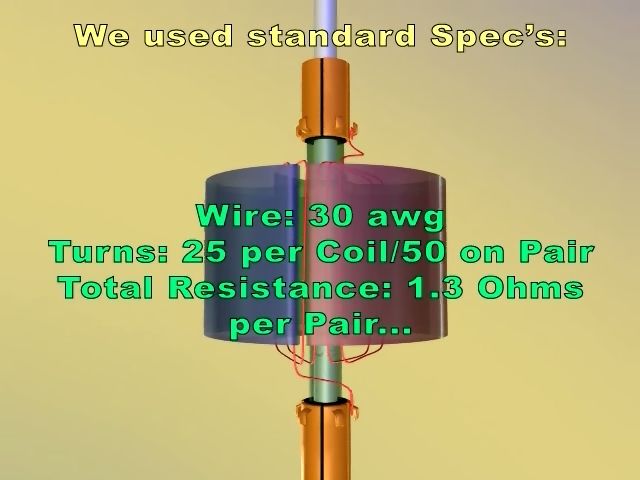 [/IMG]
[/IMG]They are 25 turns per coil...50 on pair...resistance 1.3 ohms aprox...for BOTH Type of Motors..Now the resistance I said...may be not that precise...I have not measured my DMM Internal Resistance..so just do it with 25TX2=50 turns Pair...and tell us on Real Model what is R?
https://www.youtube.com/watch?v=diY9...0YnD2b5zasXXng
Minute 1:40...that was on N-S Pairs...then I write exactly as...to other winding type...

Regards
Ufopolitics




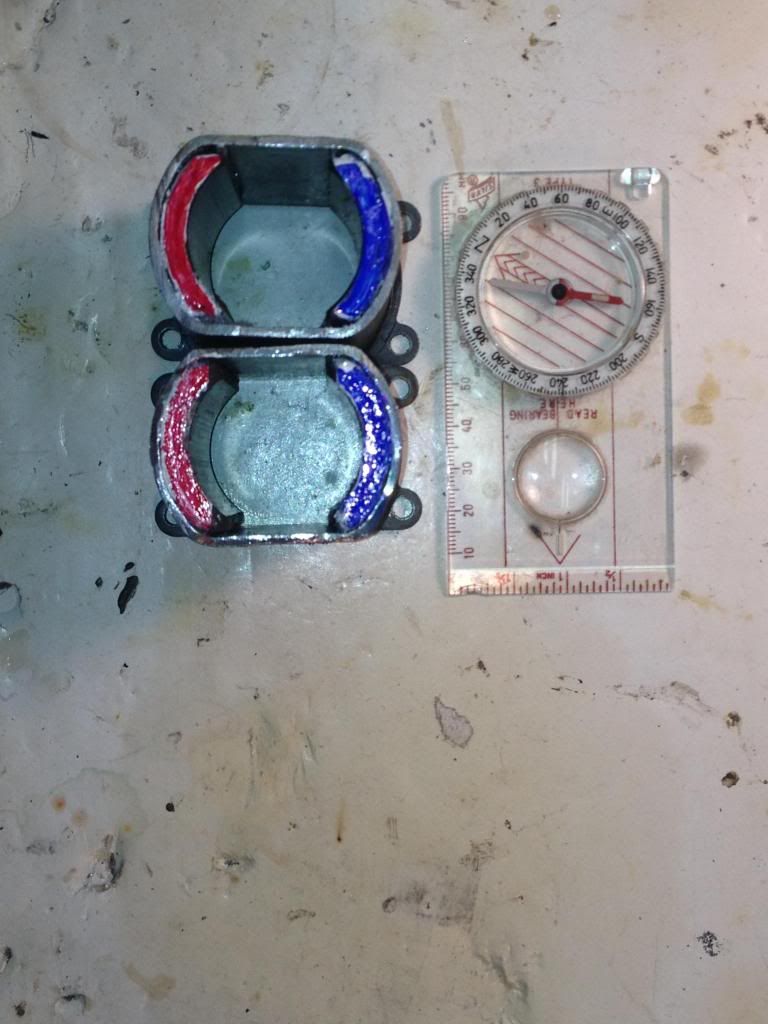

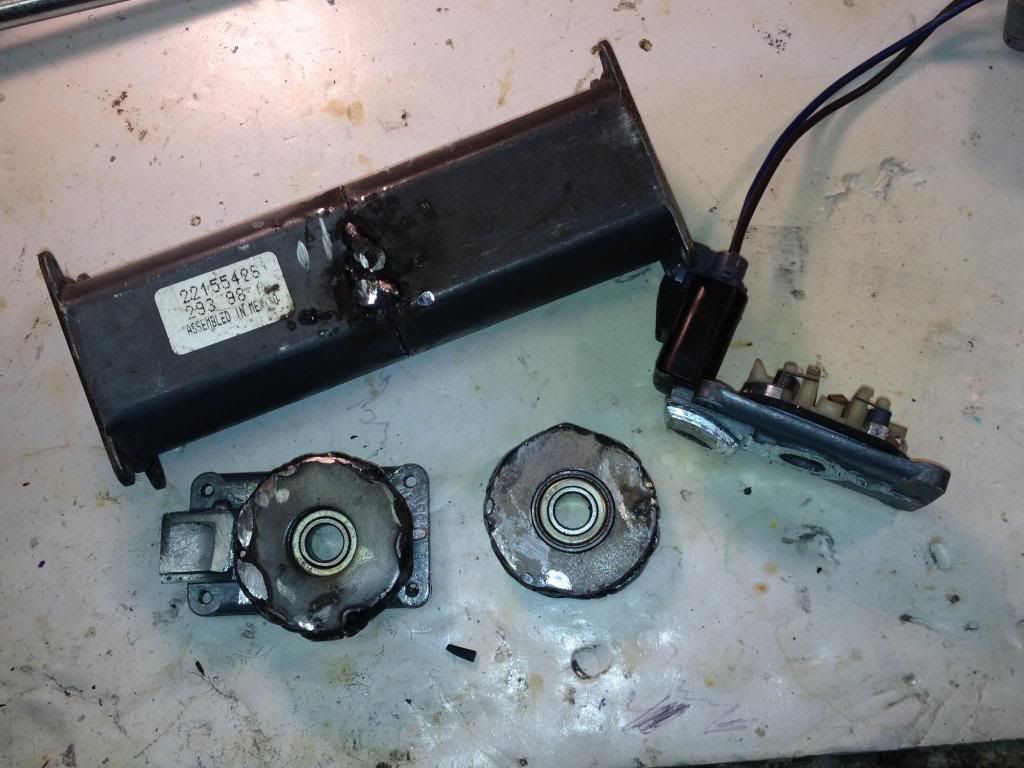

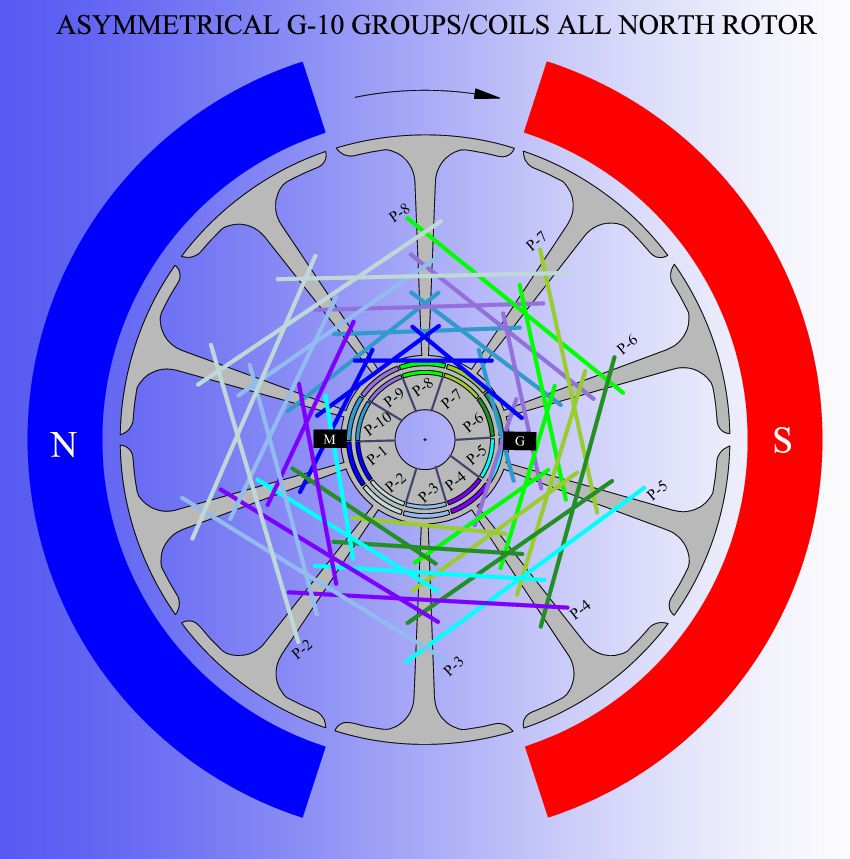
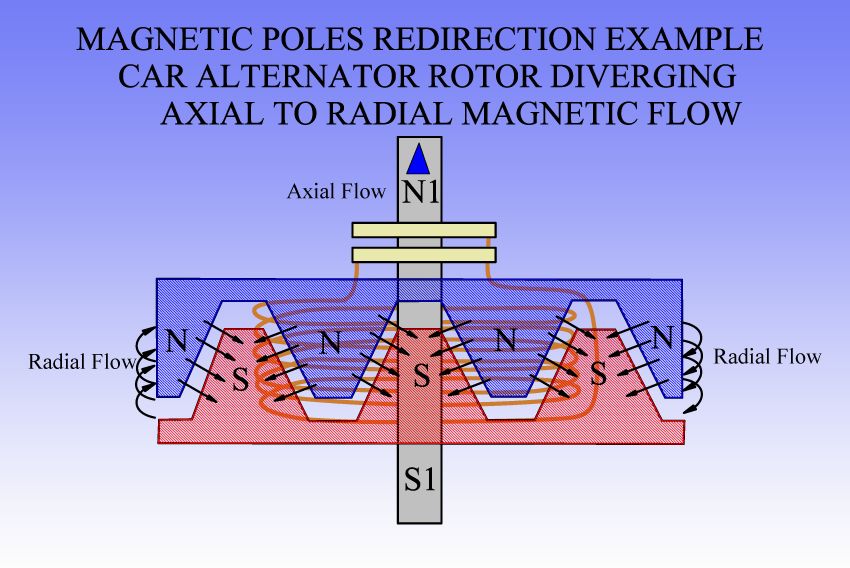
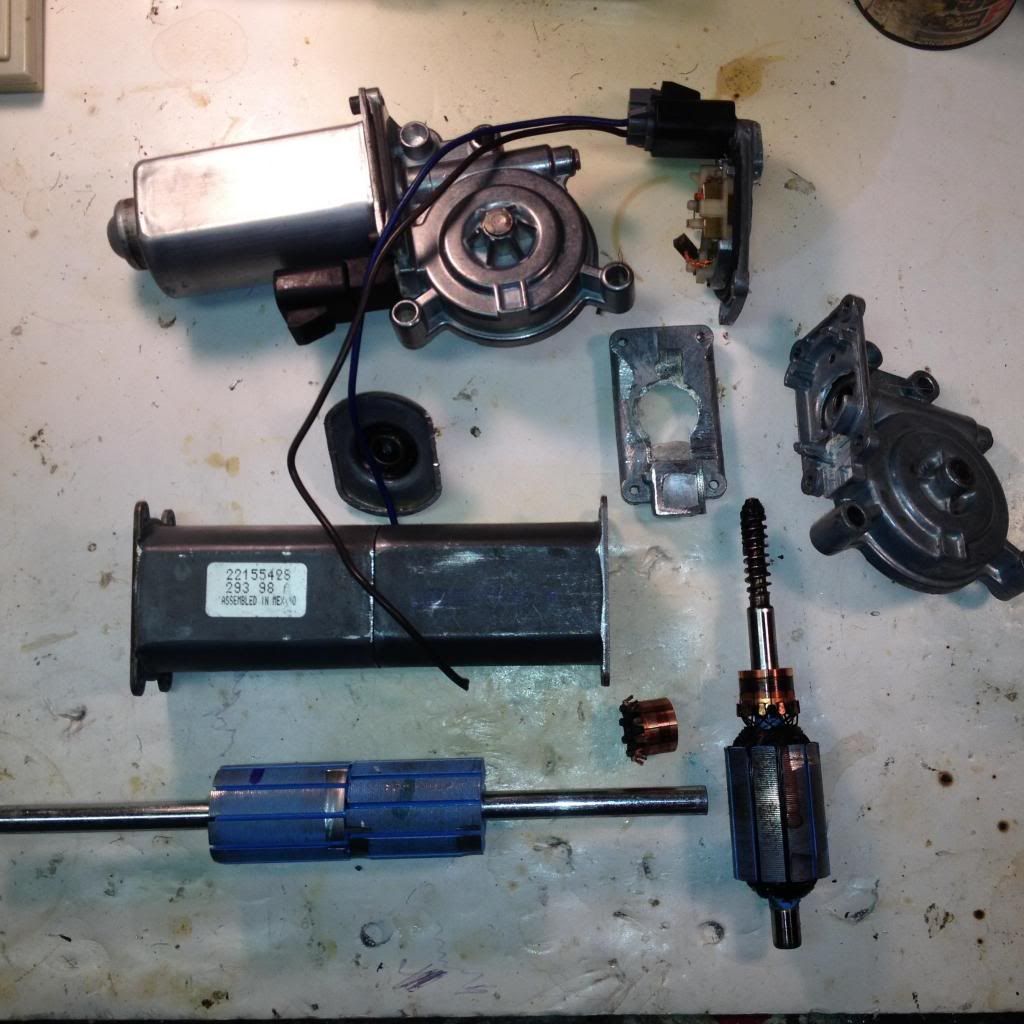

Leave a comment: